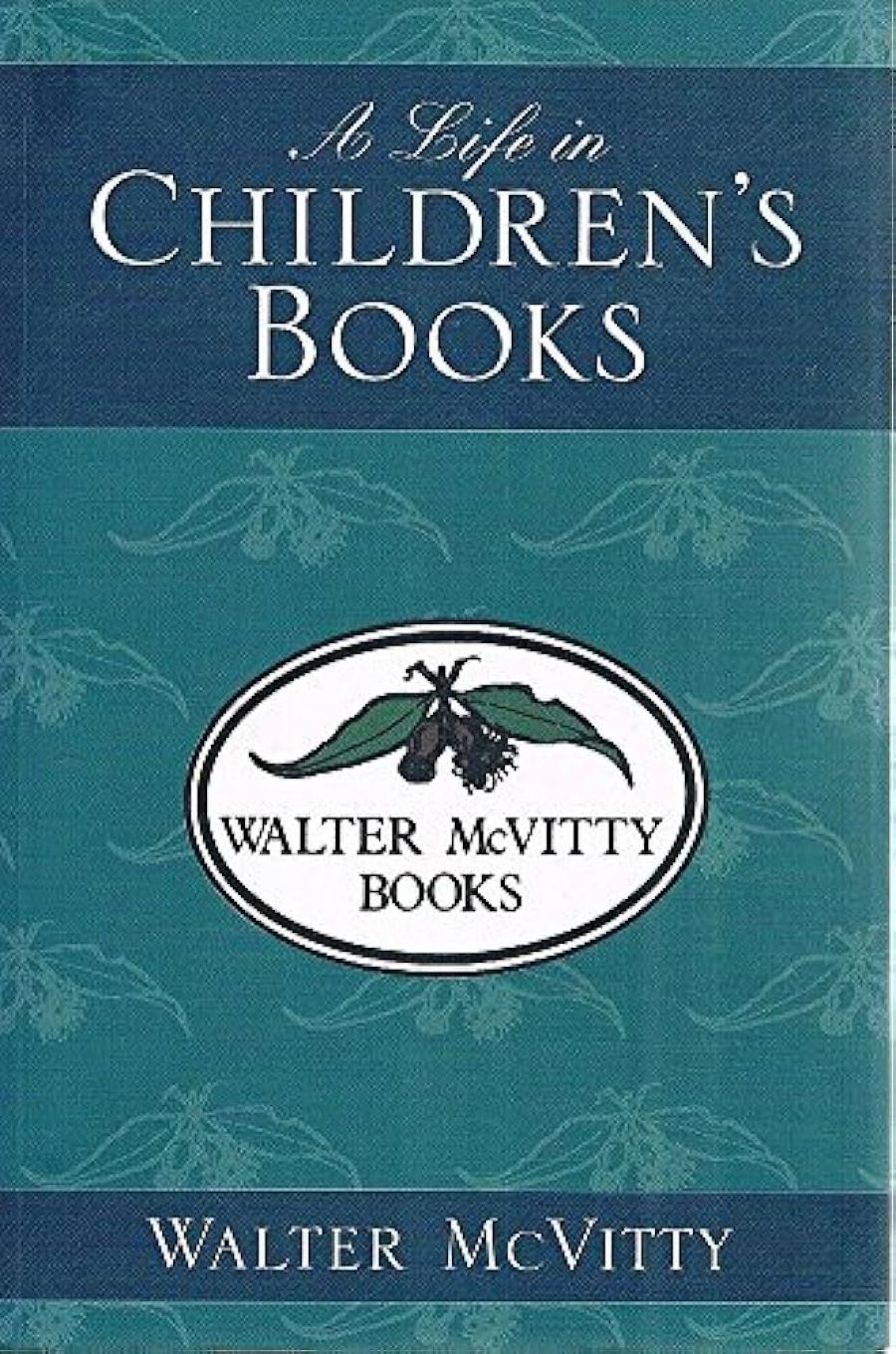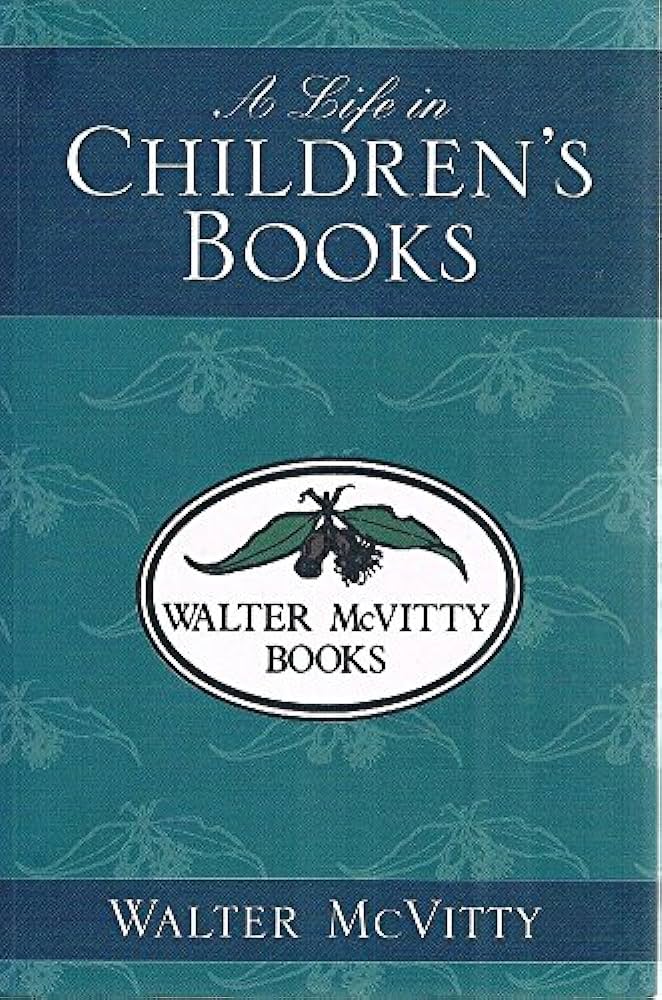
- Free Article: No
- Contents Category: Memoir
- Custom Article Title: Lost Golden Age
- Review Article: Yes
- Article Title: Lost Golden Age
- Online Only: No
- Custom Highlight Text:
The Lu Rees Archives of Australian Children’s literature is a collection of children’s books and manuscripts whose stated purpose is to ‘provide resources for the study and research of Australian authors and illustrators, including both the literature and the historical and cultural context in which it was created’. Officially owned by the Children’s Book Council of Australia, and housed in the University of Canberra’s library, the collection of about fourteen thousand items provides a ‘particularly rich and comprehensive overview of Australian children’s literature, its creation and publishing endeavour’. Lu Rees, a foundation member of CBCA, started the collection with her own substantial holdings, and the collection encourages donations. Walter McVitty has made a gift of more than 3000 books and the entire archive of his publishing company, Walter McVitty Books, which existed from 1985 to 1997. In order to aid future researchers who might find the vast array of material in that archive bewildering, McVitty wrote explanatory notes of about twenty thousand words. He has expanded these into this book, which Lothian (the company that bought his imprint) has published.
- Book 1 Title: A Life in Children's Books
- Book 1 Biblio: Lothian, $39.95 pb, 226 pp
- Book 1 Cover Small (400 x 600):

- Book 1 Cover (800 x 1200):

The book begins with a sketch of Walter’s childhood in the western suburbs of Melbourne in the 1930s. There is an emphasis on his early encounters with books and literature: he relates his own family life with reference to the Victorian school readers of the time. We follow him through school to teacher training, and the inevitable posting to country schools, followed by the ubiquitous teaching abroad, and a posting to Elwood Central School as school librarian. A tertiary academic career awaited him at Melbourne Teachers College, lecturing and tutoring in children’s literature. While teaching students and exciting them about current writing for children and teenagers, he began to write reviews: first for the now defunct Nation Review, and later for The Australian and The Age. His passion for ‘an unprecedented golden age of children’s literature’ in the 1960s and 1970s meant that McVitty’s was a consistent critical voice for parents, teachers and librarians. The explosion of Australian quality publishing for young people, as well as the wealth of material from overseas, made this golden time very productive and rewarding for him. The academic atmosphere at the time, revealed in the book by biting anecdotes, enabled him to devote himself wholeheartedly to his chosen field. This culminated in a trip to Britain, meeting leading children’s book writers and artists: a journey lovingly and (like most travelogues) tediously described. Once the party was over in academia, he looked to publishing as a natural progression of his career.
Walter McVitty Books was started by McVitty and his wife Lois from a tabletop in inner-city Sydney in 1985. The latter half of the book describes his relationship with his authors and illustrators; it is most evident in this section that these are notes to accompany or supplement the archival material. McVitty’s excitement at this new venture is evident, and his relationship with the talent he fostered told in detail. The most familiar to the general reader will be John Marsden, whose first book, So Much to Tell You, was published by McVitty in 1987. McVitty is slightly on the back foot here, as Marsden has written his side of their story already (Marsden on Marsden, 2000). There is only a whiff of rancour in this, as in other stories of writers and artists whom he nurtured but who took their talents and manuscripts elsewhere. Heart surgery precipitated retirement and the resulting scaling down of public life led to the donation of his papers and a substantial part of his personal library to the Lu Rees Archives.
The audience for this book – part memoir, part instructive guide to children’s literature of the past forty years – Is unclear. Much of it is obviously transcribed oral history. Throughout the book, he describes the texts as if readers will be meeting them for the first time, another clue that its major usefulness will be to new researchers. Although it is essentially autobiography, the subject reveals almost nothing of his personal life. He says that it is ‘simply an account of one particular aspect of my life: an involvement with reading and books, and children’s books in particular. What I did with the rest of my life is another story altogether.’
It does not contribute substantially to a critical analysis of Australian children’s literature of the time; his own book Innocence and Experience (1981) has already done that. I think this book is just one more depressing reminder of the dearth of thoughtful contemplation of children’s literature in the public arena this century. While excellent specialist reviewing journals flourish, hardly any courses of children’s literature are currently offered in Australian tertiary institutions, and the space allotted to reviews in our newspapers is ever shrinking. This book will revive memories of the golden age not of children’s literature but of popular critical attention paid to it.


Comments powered by CComment